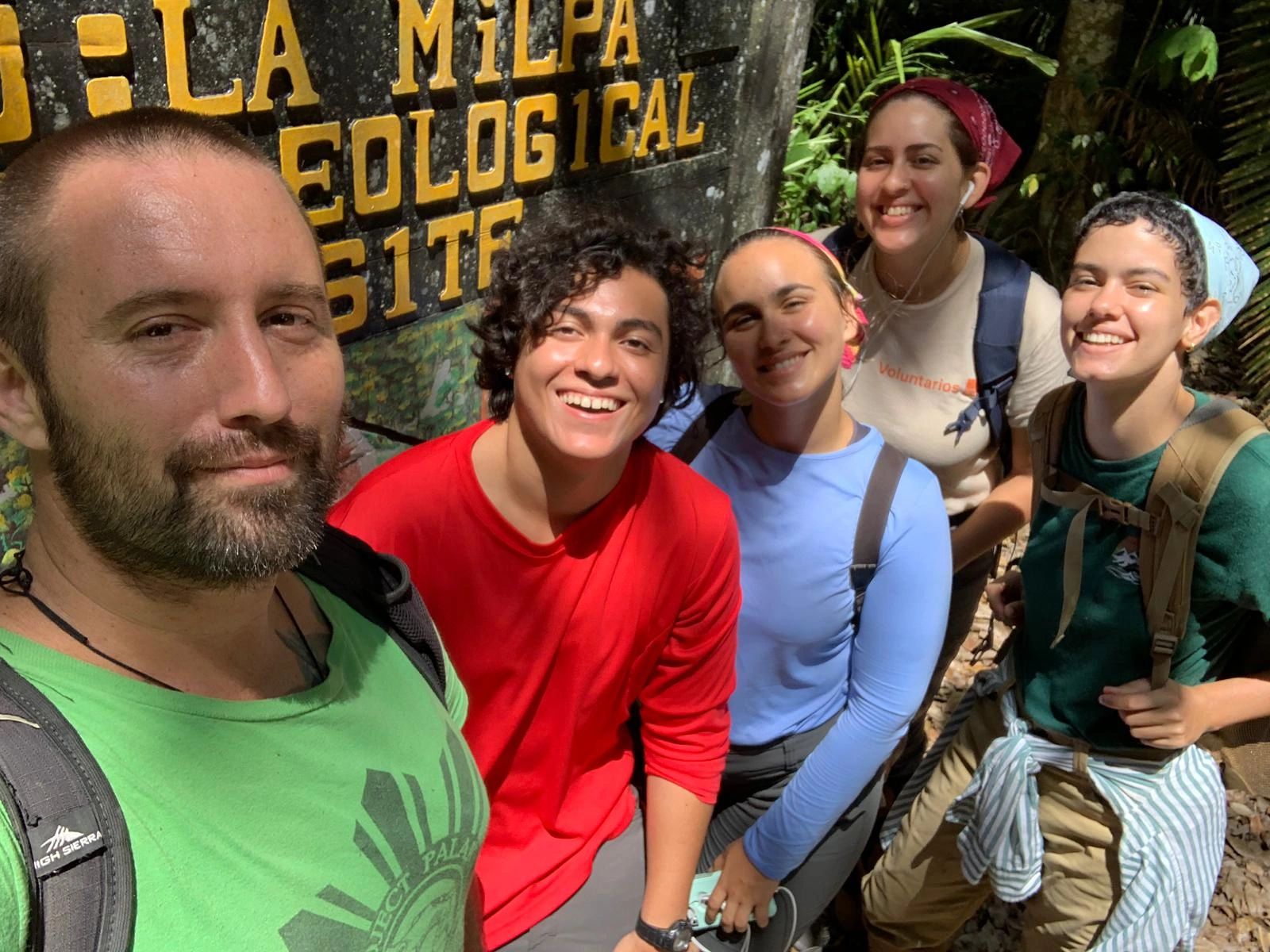“It’s not YOUR fault,” I said, none too pleased, as I finally pushed past them all.
In the time it took for the bottleneck to resolve, I’d had a spirited internal conversation, proud of my relative self-restraint, critical of Madam Chatty for taking up most of the aisle. The spongy computer that lives inside my skull took a nanosecond to assess, assemble data points it recognized, and generate a narrative about the two women. And every word of it was an assumption based on prior experience and preconceived ideas. Quite satisfied with its ability to organize and recall information in the blink of an eye, my brain fed me its version of their story without need of a prompt, the prototypal ChatGPT, and similarly lacking in emotional intelligence.
This was implicit bias in action, the automatic reactions, attitudes and stereotypes—be they positive or negative—we all have toward other people. It’s there whether we acknowledge it or not. Most of us don’t, but we should, because the stories we tell ourselves are at the heart of our polarization.
Yep, it’s us. We’re the problem, it’s us. Among people who have the luxury of focusing on challenges that extend beyond keeping themselves fed and sheltered, it is human hostility catalyzing the avalanche of political, racial, gender, climate, immigration, you-name-it division we’re all trying desperately to outrun. The world is awful, and we’re the cause.

But that, too, is just one version of our story.
It’s true, the world is awful. It is also true that the world is much better and can get better still.
In an essay titled,The world is awful. The world is much better. The world can be much better, Max Roser, founder and director of Our World in Data reminds us that unsolved problems and progress are not mutually exclusive. He writes, “If we only see the problems and only hear what is going wrong, we have no hope that the future can be better. If we only hear about progress and what is going right, we become complacent and lose sight of the problems the world is facing. Both of these narrow perspectives have the same consequence: they leave us doing nothing — they are worldviews that paralyze us.”
Thus, he encourages us to accept that all of these statements can be simultaneously accurate. Certainly, there is deep suffering, but not as much as there was a century or two ago. Tragedies still occur with great frequency, but history teaches us that change is possible. The world can improve, and it is.
Roser points to trends in global child mortality by way of example, but there are other markers to validate his premise: advances in emissions, improved voter representation, the eradication of extreme poverty, and so on. These are skillfully illustrated in Beautiful Numbers, a visual story crafted by Austrian graphic designer Stefan Sagmeister.
In The Illusion of Moral Decline, a report published last June, researchers Adam M. Mastroianni and Daniel T. Gilbert conclude, as the study title suggests, that despite a pervasive notion, spanning 60 countries and 70 years, that we are on a highway to hell, “people’s reports of the morality of their contemporaries have not declined over time, suggesting that the perception of moral decline is an illusion.”
Importantly, the researchers also note concern that such beliefs make us less likely to ask for help or accept help from strangers, and more likely to use declining morality as a “veritable call to arms.” All the misperception feels real, and in the wrong minds, with a false narrative about exacting justice, that may be enough to provoke drastic consequences.
So, what of that? Should we sit tight, hold our breath and hope the other shoe doesn’t drop on our watch? Wring our hands and Henny Penny our way through life with no recourse? Continue feeling hopeless and helpless?
If that and your vote are all you feel you have to offer, then who am I to insist you do more? I promise I’m not judging you. The grocery lane is all clear. My implicit bias is fully in check, for the time being.
That said, I’m going to offer an overarching solution for those who sense that the time has come to do more. It is an approach that can be simple and straightforward, requiring minimal input on your part. Or it can expand to become a bigger, more collaborative investment while still being relatively accessible.
Are you ready? Here it is:

Talk with people.
In the grocery store. In the post office. On the bus. On social media. Around the dinner table. At the library. In the cafeteria. At the gym. Wherever you are, wherever you go, open the door to conversation.
Maybe you’re an introvert. Maybe you’re worried you’ll mess up. At its most basic level, we’re just talking about a mutual exchange, a casual remark, a dollop of decency dropped into the day.
“You have such a great smile.”
“I love your shoes.”
“Watching you interact with your children has brought me so much joy today.”
“I really appreciate you.”
While planning this piece, I reviewed a significant number of articles and books, videos and blogs. I found countless accounts of how we got this way and how long it has been building. (Hint: Much longer than the last two presidential terms). I read about extremism and nationalism. I found well-reasoned analyses of how social media algorithms are designed to engender disunion. I read about lack of trust and partisanship. I looked at list after list of supposed solutions until I finally landed on a theme that anyone at all could grab.
It works for individuals, and it works for groups. In communities across the nation, the programs with the most remarkable results were those that involved reaching out to people, respectfully and with a desire to learn, programs anchored in civil discourse.
There was the Tulane University Medical Center intervention that brought together local government and civic organizations, advocates and academics, to help reduce gun violence. There was a program model in Washington state called The If Project (the linked TED talk here is so damned inspiring!) designed to bring currently- and formerly-incarcerated adults, community partners, and law enforcement together to reduce rates of incarceration and recidivism. There were toolkits for library-hosted community conversation programs that truly seemed manageable for just about anyone with a desire to get something of value going in their area.
What I didn’t see was superiority or hubris. I didn’t see groups of people who were unwilling to accept that theirs might not be the only story.
In his book, Belonging: The Science of Creating Connection and Bridging Divides, psychologist, and Stanford professor, Geoffrey L. Cohen details how situations and circumstances shape people far more than their inherent personality traits. What happens to us and around us is more impactful than our feelings, behaviors and character. What matters most are feelings of belonging.
It follows, then, that anything any one of us can do to shape perception and build inclusivity, even in our own minds, has the potential for profoundly positive results.
In the smallest corners of social life, we can look for opportunities to conjure some of the magic of belonging. Community can be found and created in the most unlikely places. We can all change the world in small ways. We can shape situations to make them less threatening and more welcoming, allowing people from all walks of life to feel that they belong and thrive.
~Geoffrey Cohen, Next Big Idea Club
I don’t know what will come in the next nine months, or four years, or the rest of my lifetime, or my children’s, or their children’s. I only know that I inhabit this swirling, warming, mass of matter with countless other beings who are doing their best to live good, happy lives. I have to believe that if we open ourselves to the possibilities, we can continue to form a more perfect Union.
Together.
p.s. There are many organizations nationwide who are committed to this kind of work. I am updating this post to include a few more here and, if time allows, will create a Google Doc to house a running list. Happy to add your suggestions!
Elizabeth Beggins spent over a decade as a niche farmer before becoming a food-focused freelance writer, educator, and consultant. As director of the You Food Project, an initiative rooted in school and community gardens, Elizabeth facilitated increased awareness of the connection between personal and environmental health. Now focusing on soil health, Elizabeth works through Chesapeake Bay Foundation as the Maryland Agriculture Outreach Specialist for the Million Acre Challenge. She is a graduate of the University of North Carolina at Chapel Hill.
Chicken Scratch is a reader-supported publication. To receive new posts and support my work, consider becoming a free or paid subscriber here.


 We found this launch after a long drive through the gorgeous outback of Talbot County, where fields and forests still exist as far as the eye can see. Particularly on the edges where it meets Caroline County, the beauty is breathtaking. For many, that Sunday drive might be the peach they need and it is easy to stop there. But for us, we must get out on the water to replenish our souls. For over three hundred years, my husband’s family has been on these waters, and while I don’t have the details on my ancestors as he does, I know that must have been a sea-loving crowd too. It’s in my bones.
We found this launch after a long drive through the gorgeous outback of Talbot County, where fields and forests still exist as far as the eye can see. Particularly on the edges where it meets Caroline County, the beauty is breathtaking. For many, that Sunday drive might be the peach they need and it is easy to stop there. But for us, we must get out on the water to replenish our souls. For over three hundred years, my husband’s family has been on these waters, and while I don’t have the details on my ancestors as he does, I know that must have been a sea-loving crowd too. It’s in my bones.







